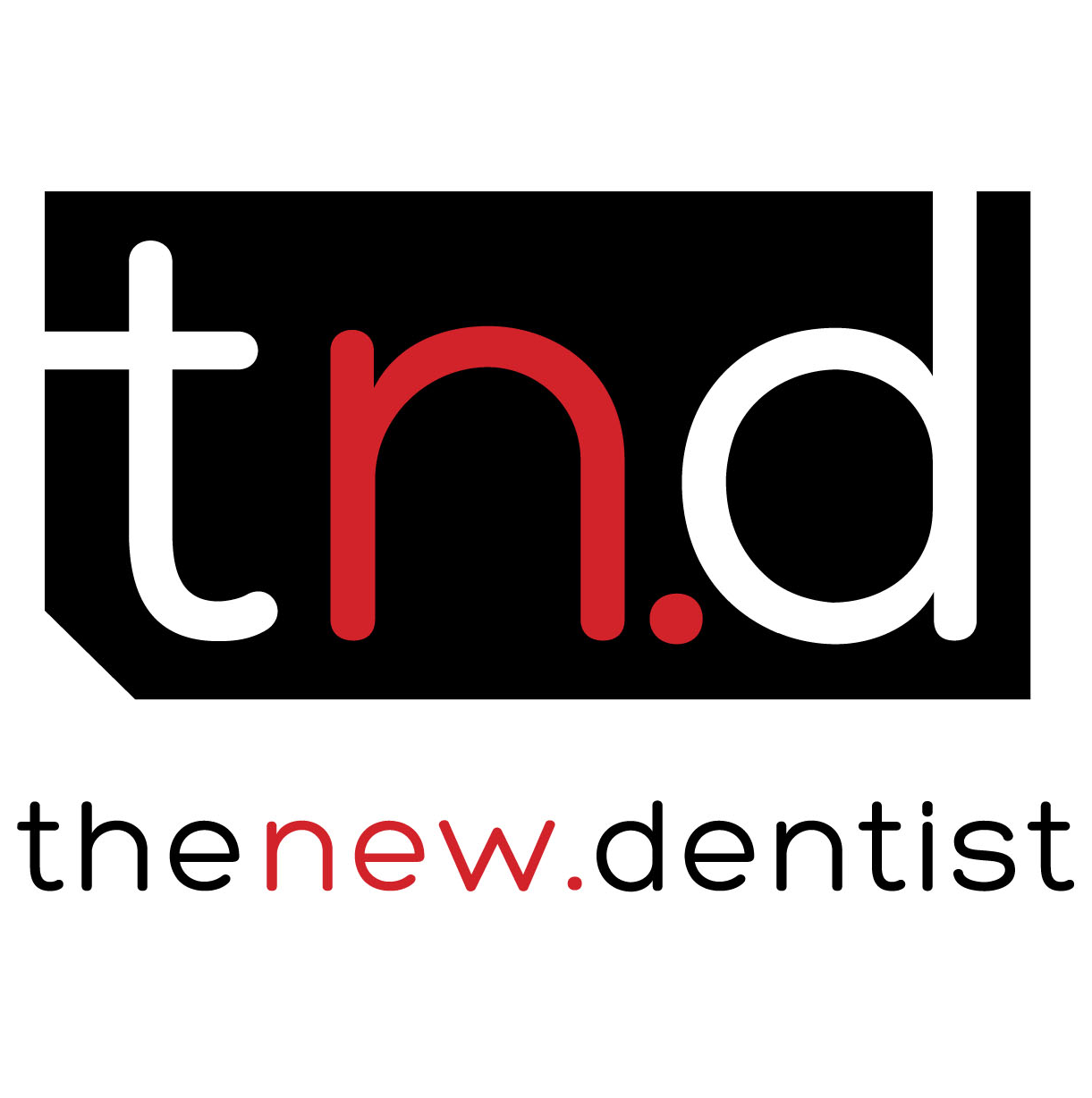Choosing the Right Material: Translucency & Selection
- The Aurum Group

- Mar 6
- 4 min read
Updated: Mar 22
Selecting the right restorative material is critical to the success of your case, as it impacts both the functionality and esthetics of the restoration. With an understanding of the different materials available and their properties, you can make informed decisions that will elevate your results and provide your patients with the highest quality care.
Material Selection: e.max vs. Zirconia
Two of the most popular materials used in restorative dentistry are e.max and zirconia. Both offer unique benefits, but choosing the right one depends on the requirements of the restoration.
e.max: Ideal for veneers, inlays, onlays, and single crowns, e.max is renowned for its exceptional translucency and optical properties. This makes it particularly well-suited for anterior restorations, where a natural, lifelike appearance is key. e.max offers a wide range of translucency options, allowing for subtle shade matching that mimics natural teeth.
Zirconia: Known for its strength, zirconia is often the material of choice for long-span bridges and crowns requiring durability. Its strength is approximately twice that of lithium disilicate, making it a robust choice for posterior restorations. While zirconia is more opaque compared to e.max, newer formulations have improved its esthetic properties, making it a versatile option for various restorative needs.
Understanding Translucency Options
When working with materials like e.max and zirconia, translucency plays a vital role in achieving natural-looking results. Each material offers different translucency levels, making it important to understand the available options to match your patient’s desired outcome.

Translucency Levels:
LT (Low Translucency): Ideal for replicating the dentin layer. It’s less translucent, providing more opacity and color masking.
MT (Medium Translucency): Mimics the middle layers of a tooth, balancing translucency and opacity.
HT (High Translucency): Designed to replicate the incisal edge, which is the most translucent part of the tooth.
Choosing the Right Translucency for the Case
The key to successful material selection lies in understanding both the functional and esthetic requirements of each restoration. Here are some guidelines for when to use each translucency level:
e.max LT (Low Translucency): Best for situations where you need to mask discoloration and restore the natural, more opaque dentin layer.
e.max MT (Medium Translucency): Ideal for middle layers or cases where a balance between strength and esthetics is needed.
e.max HT (High Translucency): Perfect for the most esthetically demanding cases, where the incisal edge is critical for a natural appearance.
Zirconia HT (High Translucency): For anterior restorations where strength and esthetics are equally important.
Zirconia MT (Medium Translucency): A good option for posterior crowns or bridges where strength is key but some translucency is needed.
Zirconia LT (Low Translucency): The most opaque option, best used for posterior restorations where strength is the primary concern and masking is necessary.
Shade Taking: Tips for Accurate Match
A successful veneer restoration requires precision in shade matching. Here’s how you can ensure the most accurate shade match possible:
Remove the shade tabs from the base: Selecting specific shade tabs helps narrow down the best match.
Hold the shade tab beside the tooth, not covering it: Clearly identify the tooth you're matching to ensure an accurate comparison.
Try in the crowns: Rather than simply holding them up, try them in to get a true sense of how the restorations will look in place.
Take edge-to-edge photos: This will help reveal finer details, such as incisal characterizations, for a more accurate match.
Start with a BL (Bleach) shade tab to determine the right brightness and adjust as needed for the perfect blend.
Lab-Guided Dental Photography: Essential for Success
While dental photography was once used mainly to communicate shade-related images, today’s esthetic dentistry requires more detailed photos to ensure precision in case planning. To help us achieve the best possible outcome, we rely on three distinct types of photographs:

Intraoral Photos: These showcase the tooth and surrounding areas, giving us a clear view of the preparation.
Lips Photos: Capturing how the restoration interacts with the lips helps us design a smile that works harmoniously with the patient’s facial features.
Face Photos: Providing a broader view of the face and smile, these photos give us context to create a well-balanced and natural-looking result.
With these detailed images, we can create restorations that not only fit the tooth but also complement the patient’s overall appearance.
Collaboration with Your Lab
At The Aurum Group, we pride ourselves on offering a personalized experience for dentists. You can collaborate directly with the lab technician handling your case, or follow our streamlined system, which provides clear guidelines and progress reviews at every stage.
When working together, we review the case pre-design, make adjustments to the PowerPoint, and then hand it off to the designer lab technician responsible for the smile design. Two approaches are available for the smile design:
Additive Design: The new smile design is superimposed on the pre-op design, and the doctor receives a PowerPoint with mock-up steps and prep guidelines.
Subtractive Design: The pre-op model is virtually prepped to create a new smile without considering the current tooth positions, creating a diagnostic wax-up.

In the world of esthetic dentistry, success is a combination of careful planning, precise execution, and a deep understanding of materials, techniques, and patient needs.
The Aurum Group
The Aurum Group is a leading provider of high-quality dental laboratory services, digital workflows, and innovative restorative solutions. With decades of experience, Aurum specializes in advanced implant prosthetics, cosmetic restorations, and cutting-edge digital dentistry. Committed to excellence, precision, and collaboration, Aurum partners with dental professionals to deliver customized solutions that enhance patient outcomes. Through continuous research, education, and state-of-the-art technology, Aurum remains at the forefront of the industry, ensuring dentists and specialists have the support they need to achieve exceptional results.









Comments